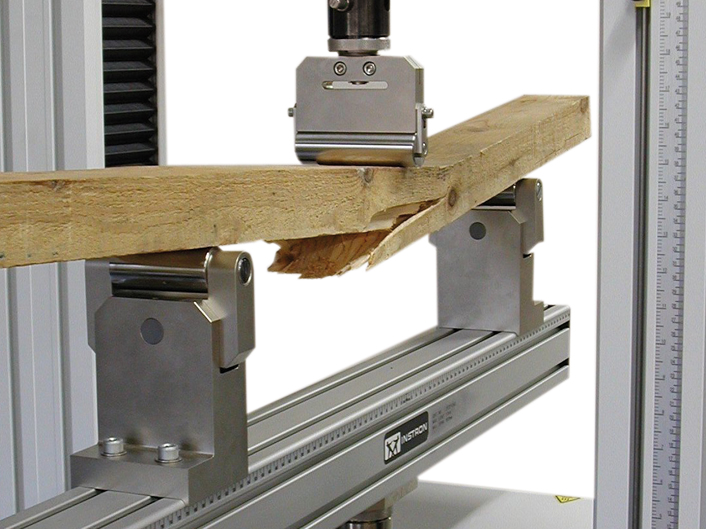FISSURABILITY
The propensity of the wood to crack depends on the species and in general on the length of the fibers that compose it and the nodosity.
ATTITUDE TO THE CUT
The cut is independent of the wood species, always easier in the sense of the fibers and more difficult in the sense perpendicular to the fibers. The shear strength can be different from piece to piece, even in the same type of wood.
FLEXIBILITY
Wood tends to retain its shape even after mechanical compression, but not all woods have the same degree of elasticity.

GRADE OF CLEANING
This parameter influences the ease of sanding and finishing of surfaces, in general it is greater in particularly hard essences.
PLASTICITY
Very important in wood molding processing, but dealing with generally industrial processes is not very significant for general carpentry work.
POROSITY
Porosity depends on the size and number of the plant's vessels. The more porous a wood is, the more difficult it is to clean and polish.
HYGROSCOPIC
It is the ability to absorb moisture from the surrounding environment.
EVENNESS
A homogeneous wood has a very dense structure that makes the differences between the different layers of plant growth less.
WITHDRAWAL AND RIGONFIAMENTO
Wood is; a live material that can change over time depending on the seasoning and environmental characteristics.
APPEARANCE, COLOR AND ODOR
Each essence has different characters both for the color, the smell of wood and for the grain. Different characteristics that must be selected according to the aesthetic and functional needs.